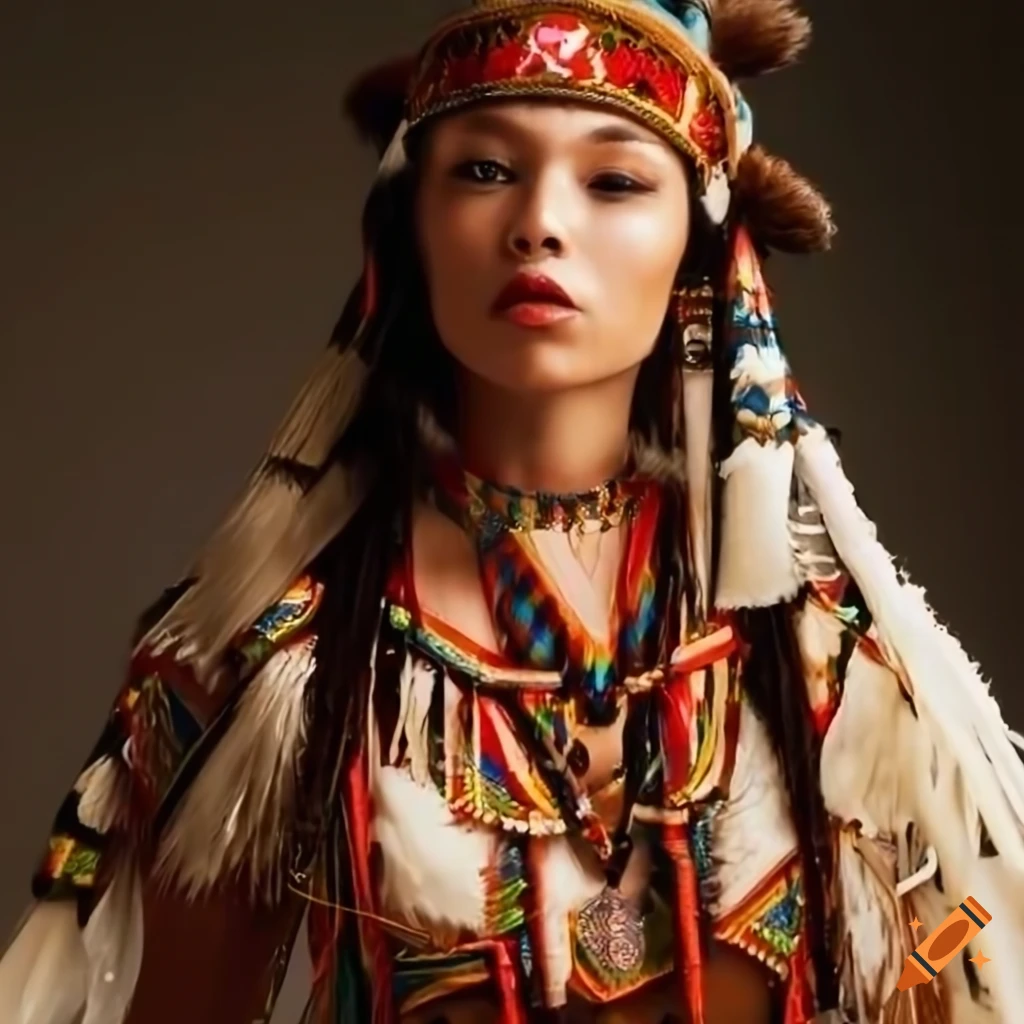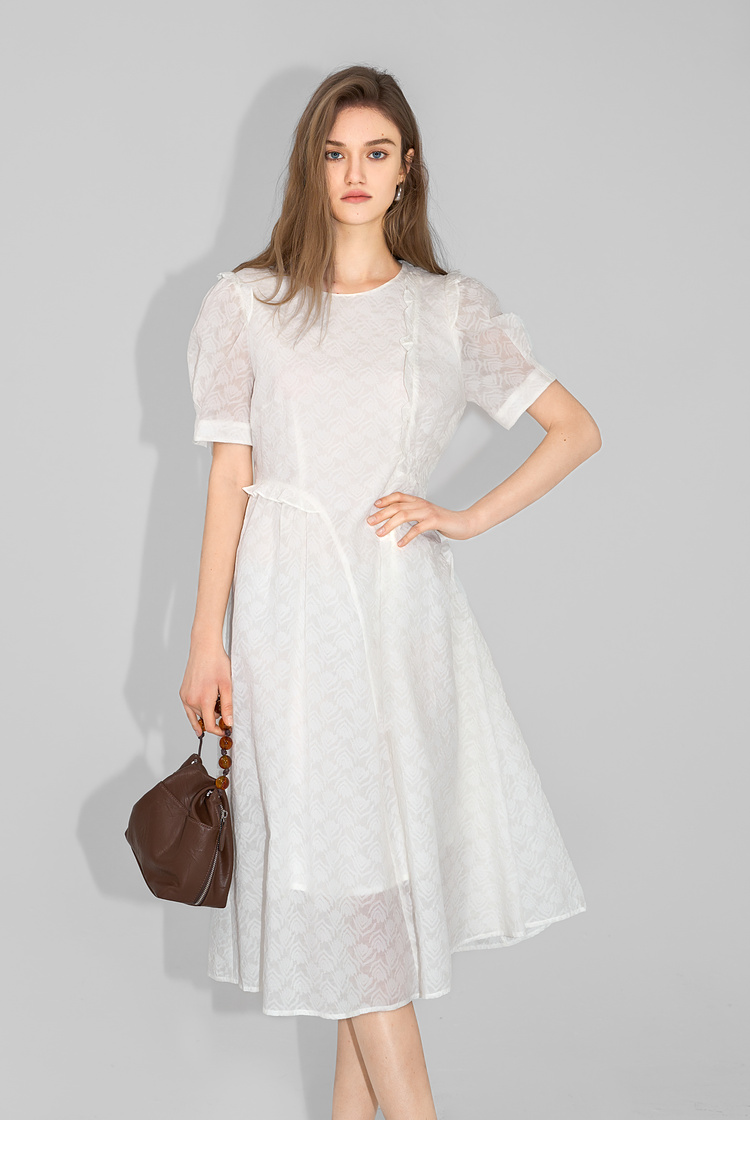Native American Clothing for Women: A Journey Through Tradition and Modernity
The rich tapestry of Native American culture is woven with threads of history, tradition, and the essence of the land. As we delve into the realm of native American clothing for women, we embark on a journey that transcends time, connecting the past with the present. This exploration is not merely a study of attire but a deep dive into the cultural significance and the evolution of fashion that reflects the spirit of indigenous peoples.

The garments of Native American women are more than just clothing; they are a narrative of their heritage, a testament to their resilience, and a celebration of their identity. Each stitch, bead, and pattern carries a story, a tradition, and a connection to the land and its resources. To understand this, we must look beyond the fabric and into the heart of Native American culture.
The Evolution of Native American Women’s Clothing
Over the centuries, the clothing of Native American women has evolved, reflecting changes in society, technology, and cultural exchange. Early garments were made from materials readily available in their environment, such as animal skins, plant fibers, and later, with the introduction of European textiles, cloth. The transformation of these materials into clothing was not just a practical endeavor but a creative expression of their cultural identity.

As stated by anthropologist and author “Paula Gunn Allen”, “The clothing of Native American women is not just a covering for the body; it is a covering for the soul.” This perspective underscores the spiritual and cultural significance of their attire. The clothing is a living artifact, a vessel that carries the history and traditions of Native American women.
Materials and Techniques
The materials used in native American clothing for women are diverse, ranging from natural fibers like sinew and yucca to more contemporary materials like cotton and wool. Techniques such as weaving, quillwork, and beadwork are employed, each with its own regional variations and stylistic nuances. These methods are not just means of production but are integral to the cultural expression and storytelling of the garments.

The use of natural dyes to color the fibers is another aspect that connects the clothing to the land. As described by “Dr. Susan Sleeper-Smith”, a historian specializing in Native American history, “The colors of the clothing are not arbitrary; they are derived from the plants and minerals of their homeland, reinforcing the connection to the earth.” This connection is not only aesthetic but also a spiritual bond, reflecting the harmony between the people and their environment.
Cultural Significance and Symbolism
The clothing of Native American women is steeped in symbolism, with each element carrying a deeper meaning. Beads, for instance, are not just decorative; they can represent tribal affiliations, personal achievements, or spiritual beliefs. The patterns and designs are often inspired by nature, reflecting the close relationship between the people and their surroundings.

In the words of “Shelia Bible”, a Native American artist and educator, “The clothing is a visual language, a way to communicate who we are and where we come from without speaking a word.” This visual language is a powerful tool for preserving and sharing their culture, especially in a world where indigenous voices are often marginalized.
Modern Interpretations
As we step into the contemporary era, native American clothing for women has taken on new forms while still honoring traditional techniques and designs. Modern designers are blending indigenous aesthetics with contemporary fashion, creating a fusion that is both innovative and respectful of their cultural roots.

This modern approach to native American clothing for women is not just about fashion; it is a statement of cultural pride and a means of asserting identity in a global context. As “Patricia Michaels”, a renowned Native American fashion designer, notes, “My designs are a bridge between my heritage and the modern world, a way to keep our traditions alive while adapting to the present.”
Preserving Traditions
The preservation of traditional clothing is not just about maintaining the past; it is about ensuring the continuity of culture for future generations. By keeping the art of creating native American clothing for women alive, we are safeguarding an essential part of the cultural heritage that is integral to the identity of Native American communities.
In the words of “Joy Harjo”, the first Native American U.S. Poet Laureate, “Our clothing is our poetry. It is a form of expression that cannot be silenced.” This poetic expression is a testament to the enduring spirit of Native American women and their unwavering connection to their cultural roots.
Conclusion
As we conclude our exploration of native American clothing for women, we are left with a deeper appreciation for the complexity and beauty of their attire. It is not just clothing; it is a living, breathing embodiment of a culture that has endured and thrived across centuries. By understanding and respecting the significance of these garments, we honor the rich heritage of Native American women and contribute to the preservation of their cultural legacy.






